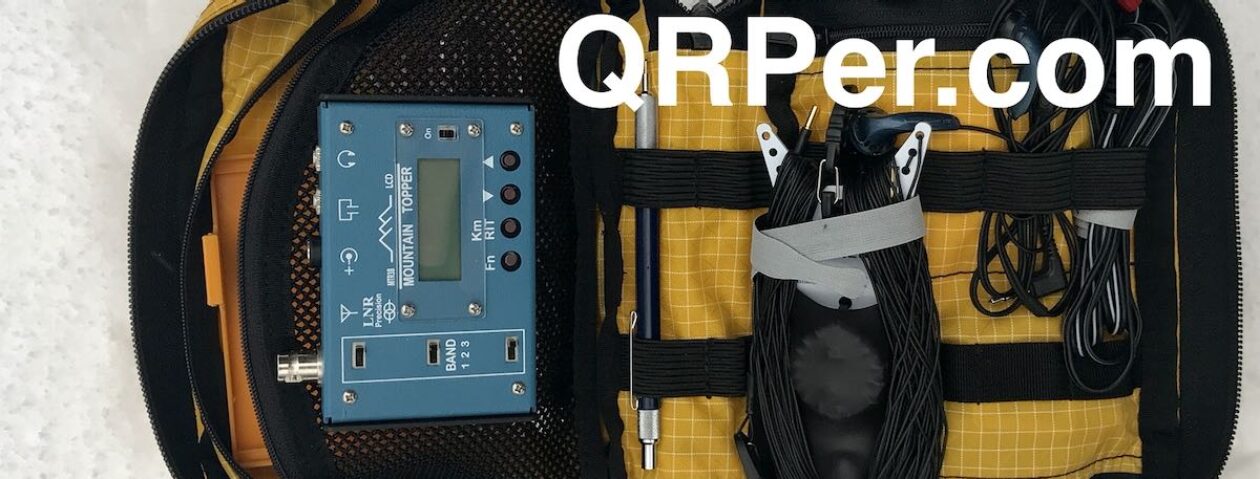Many thanks to Bob (K7ZB) for sharing the following guest post:
A CW Operator’s First Look at the (tr)uSDX by Malahit
by Bob Houf (K7ZB)
April 22, 2024 – Gilbert, AZ
I recently bought an assembled (tr)uSDX from Amazon.com [affiliate link] in April, 2024, the mainboard is version 1.2 and the RF board is version 1.0.
Due to antenna limitations – a 17-foot wire antenna with a 6-foot counterpoise hanging from a second-floor condo balcony, matched through a Tokyo Hi-Power antenna coupler for an SWR well below 2:1 – I’ve been operating exclusively on the 20-meter band.
A short coax run into the dining room has given me some great on-air time over the weekend, with good band conditions for 20-meter CW.
The radio powers up when 13VDC is applied and I quickly figured out the menu structure with the minimal documentation available from DL2MAN.
I’ve learned that the filter is best set to 500Hz and it is effective for the conditions, and as the band gets hot with all the various weekend contests, I drop in a little attenuation and soon the radio begins to sound good – actually, for the money, it sounds really good.
QSK set to ON allows my keyer in Iambic B to do a good job and I don’t miss any contacts which are forthcoming across the US from Oregon out to the East coast, on down to the Virgin Islands and then, quite a surprise, my Magnificent 7 Watts is heard for a choice contact with a VK2 down under.
 I pound out contest QSO’s all up and down the band, adding in a few SOTA and POTA stations and very few have trouble copying me – I certainly had no problem copying weak signals from them.
I pound out contest QSO’s all up and down the band, adding in a few SOTA and POTA stations and very few have trouble copying me – I certainly had no problem copying weak signals from them.
I do notice that this is not a $1,500 transceiver, especially in the receiver performance, but for the price the satisfaction derived from effortlessly working CW makes up for any limitations.
During the MST contest, as I write this, stations were piled on top of each other. I found that tightening the filter down to 50Hz wasn’t ideal – 500Hz worked better for my ears. Signals filled the band from 14.030 to nearly 14.050, ranging from very weak to extremely strong. Thankfully, the well-behaved AGC prevented any ear-splitting surprises.
I also tested SSB mode briefly and it works and sounds good, though I’m unlikely to use it much myself.
Overall, this little gem is far from a toy. With its filters, AGC, attenuator, and fine-tuning, it should bring a smile to any CW operator’s face.








